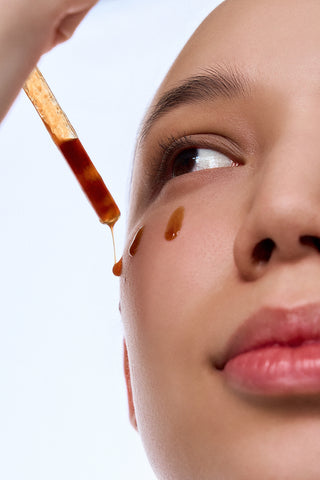

Superficial Chemical Peel Process:
For all skin types, the process includes six steps.

1. Preparatory stage.
The specialist will tell you about all the details. For example, they may ask you to give up certain cosmetics, not to be exposed to direct sunlight, and so on.

2. Cleansing the skin.
All impurities are removed, including any cosmetic residue from earlier applications.

3. Applying the solution.
The specialist covers the skin with a solution formulated to suit your individual needs. This solution includes alpha hydroxy acids (AHAs) like glycolic acid or beta hydroxy acids (BHAs) like salicylic acid.

4. Exfoliation.
The solution is left on the skin for a while to make its job. It removes dead cells and clean the skin’s upper layer.

5. Removing the solution.
At the appropriate time, the specialist neutralizes and removes the solution from the client’s face.

6. Moisturizing and soothing.
To prevent side effects like redness or inflammation, the therapist applies special soothing serums, sunscreen, and so on.
So, you get a comprehensive procedure that guarantees a positive effect on your skin.
Benefits of Superficial Chemical Peel:
- Treatment of mild acne. This is achieved by reducing the size of pores and cleansing them. Inflammatory processes are eliminated.
- Improving skin tone and texture. Thanks to this procedure with not the highest cost, you can eliminate wrinkles and fine lines, making your skin smoother and (in the good sense of the word) radiant.
- Reduction of pore size. The smaller the pores, the better, because they become invisible.
- Enhancing absorption of useful components. A superficial skin peel removes the harmful top layer, which acts as a barrier preventing skincare products' useful components from penetrating the skin.

Before

After










